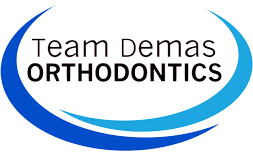
by | Jan 24, 2017 | General Articles, Invisalign, Invisalign Teen, Orthodontic Treatments, Team Demas Orthodontics
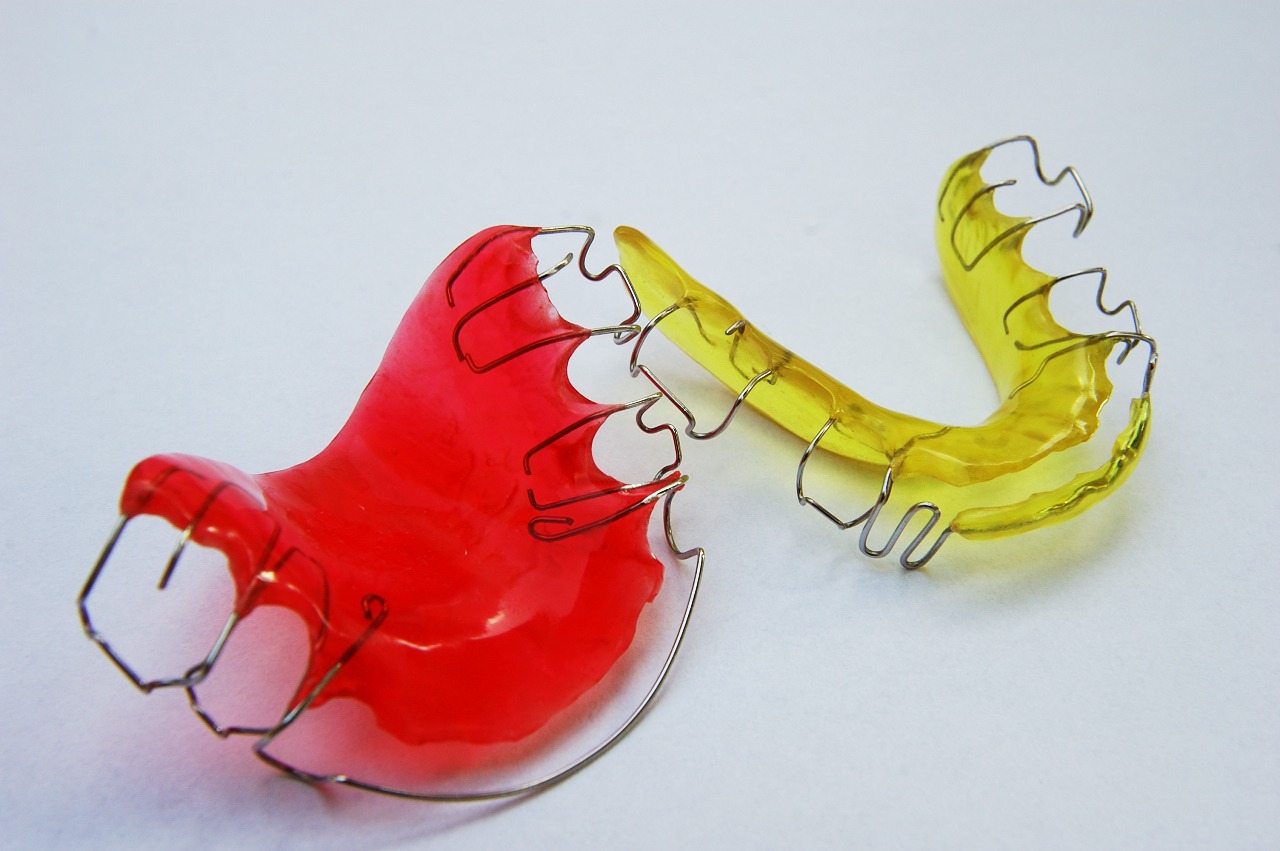
When you are done wearing braces, you expect to have perfectly straight teeth for a lifetime, but that isn’t always the case. There is the possibility of shifting teeth, especially if a retainer isn’t worn immediately after having the braces removed from your orthodontist. Below are some information about using a retainer and how they can help fix the shift in teeth following orthodontic treatment.
FAQ
Why is a Retainer Worn after Braces?
If you have recently completed orthodontic treatment, you might have been advised to wear a retainer. This is a recommendation by many orthodontists as it helps to keep your teeth in their new position. With the braces off, there is a risk that the teeth will start shifting back to their original position. While it doesn’t happen with everyone, the best thing you can do is prevent it by wearing your retainer as often as your orthodontist recommended. They will inform you about exactly how long they need to be worn for in order to avoid orthodontic relapse.
Read more…
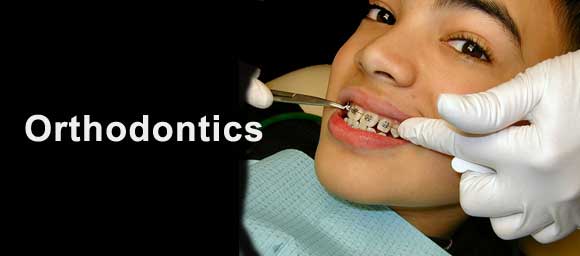
by | Jan 3, 2017 | General Articles
Braces are popular and have been for a while now. They allow otherwise crooked teeth to transform into straight rows of pearls. However, after putting braces on, orthodontists may notice that many of their patients complain of some discomfort. Instead of having to fear or detest wearing braces because of the discomfort associated with them, you can take some steps to help your kids deal with this irritation.
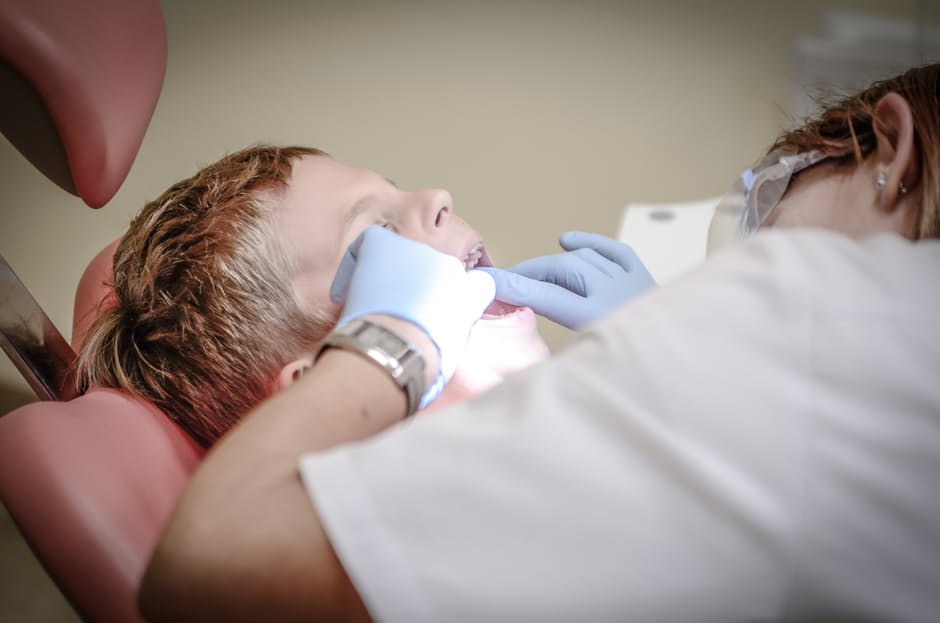
Photo Credit: pexels.com
Speak to the Orthodontist
Your orthodontist may have already spoken to your kids for methods of alleviating the irritation. However, if those techniques are not working, you should talk to the orthodontist. Sometimes, the exact effects are not known until the procedure is implemented. While orthodontists know that irritation can occur, they also know that different children and different bodies react in various ways to the braces. One way to alleviate discomfort after braces is to provide the orthodontist with a clear sense of what is happening. Just stating that discomfort exists is often not enough. Kids should articulate exactly where the irritation is and how often it is happening.
Read more…
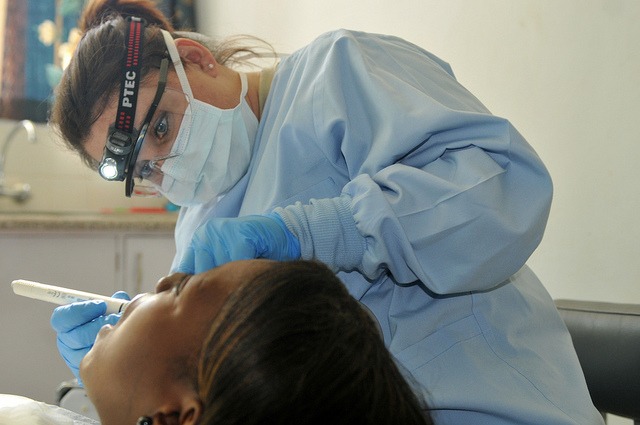
by | Dec 6, 2016 | General Articles, Team Demas Orthodontics
The relationship between a dentist and an orthodontist is almost a close one. Even though the two professions are strongly related, there are marked dissimilarities. Orthodontics is a specialized domain that deals particularly with correction of teeth and jaws which are improperly positioned. Crooked teeth and those that don’t fit correctly present dental problems in terms of cleanliness, possibility of being lost at a tender age as a result of tooth decay or periodontal diseases and can exert additional stress on the chewing muscles resulting to TMJ syndrome, headaches, back, shoulder and neck pain. Crooked teeth or teeth that are not properly aligned can significantly affect one’s overall appearance.
Paying an orthodontist a visit should be high up on your frequent to do list in order to get your teeth to their best. Having your teeth checked regularly can help keep at bay dental related diseases like gum diseases and tooth decay by enabling the orthodontist to diagnose them early enough and treat them right off. Detecting and treating these dental problems early can go a long way towards mitigating the unscheduled costs related to dental procedures.
Should I Still Visit an Orthodontist Even if I don’t have Any Dental Problem?
If you don’t experience any dental abnormalities, it is prudent that you still make an appointment with the orthodontist frequently, the very least, 2 times in a calendar year, while putting to practice proper dental hygiene procedures at home. To visit orthodontist sporadically also comes with an added benefit of having the privilege of getting special and expert care from an artist in this domain. This expert is highly trained and can catch up a dental disorder with your tooth alignment or bite that a normal dentist might oversee.
Read more…

by | Nov 1, 2016 | General Articles, Team Demas Orthodontics
Because of its all-around movement, which involves moving back and forth, up and down, and side to side, the jaw’s temporomandibular joint is arguably one of the most complex joints in the human body. For many people, dismissing abnormal jaw pains is a common tendency, unless the pain is either severe or persistent. Unfortunately, almost every single type of jaw pain indicates an issue with the jaw’s functionality, which includes movement when talking or chewing. Depending on the cause, you might have to seek the services of an orthodontist to treat some of the pains experienced in the jaw. Knowledge of the various factors that induce or contribute to odd jaw pains is, therefore, necessary.
Causes of Abnormal Jaw Pains
Since moving the jaw around involves a variety of joints, muscles, bones, and tendons, so many different things can go wrong. Although simple cases such as overworking the joints are among the causes of abnormal jaw pains, most types of jaw pains are caused by more severe issues including:
Structural Disorders and Fractures
Fractures and other skeletal disorders could be the result of an assault, accidents, or underlying diseases, and they usually stress the entire jaw since it loses alignment. Such disorders will almost always result in dull and constant pains in the jaw, inflammation, numbness, and even deformity. The occurrence of any jaw disorder necessitates seeking immediate medical attention, preferably from an orthodontist.
Read more…
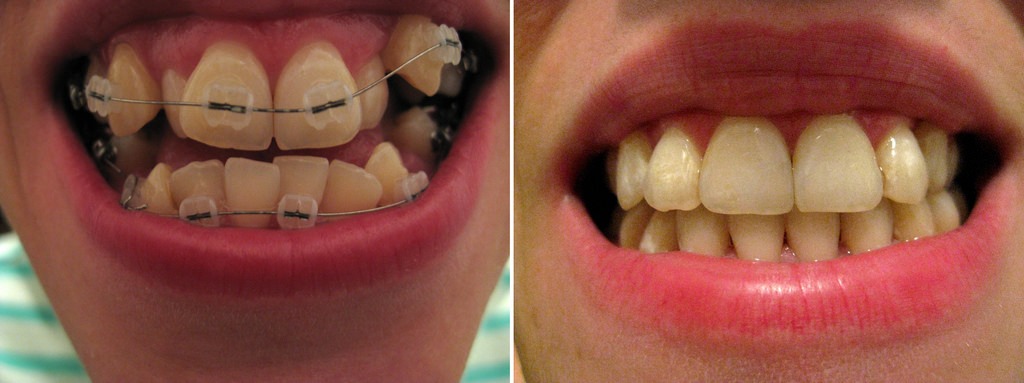
by | Oct 4, 2016 | General Articles, Invisalign, Invisalign Teen, Orthodontic Treatments, Team Demas Orthodontics
After your child has gotten braces, he or she might start complaining that the braces are rubbing on the inside of the mouth and you may be told that your child has a mouth ulcer.
What Is Mouth Ulcer?
A mouth ulcer is a sore on the inside of the mouth that can cause sharp pain, especially when chewing certain foods.

gif courtesy of giphy.com
What to Do When Experiencing Mouth Ulcer
It could be that your mouth ulcers are only temporary. Also, these ulcers are likely to occur shortly after adjustments have been made to your braces during a regular checkup. However, these symptoms will go away with time. Eventually, your mouth becomes tougher and will no longer suffer from ulcers. The sore should then be gone in about a week.
If the mouth ulcer while wearing braces does not go away after a week, contact your child’s orthodontist to schedule an appointment. There may be a problem with how the braces were fitted. You should especially schedule an appointment with the orthodontist if there is a bracket or wire that is loose.
Read more…
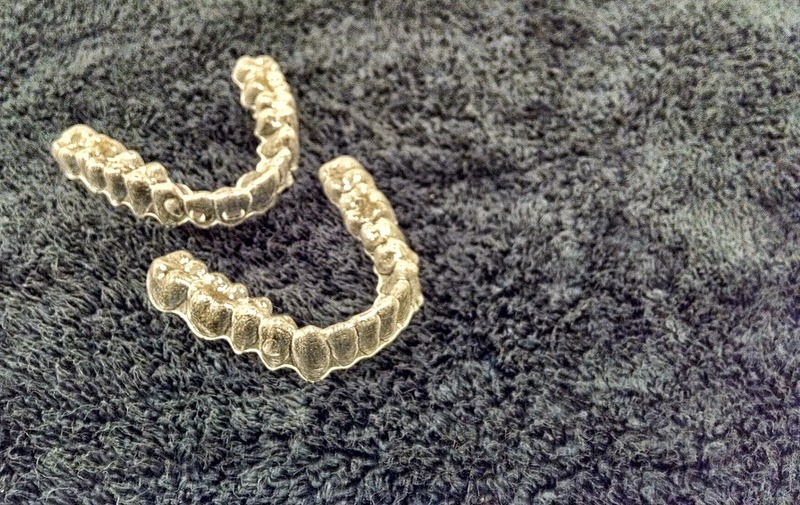
by | Sep 6, 2016 | General Articles, Invisalign, Invisalign Teen, Orthodontic Treatments, Team Demas Orthodontics
One of the most frequent questions new orthodontic patients ask is, “My teeth also need repairs – should these repairs be done before or after my orthodontic treatment?” The answer will depend on the type of repairs needed.

gif courtesy of giphy.com
For some types of repairs, having that work done can directly impact the results of orthodontic treatment. These types of tooth repairs should be done prior to beginning orthodontic treatment. But other types of repairs may interfere with a course of orthodontic treatment. These types of tooth repairs should be postponed until after the completion of orthodontic care.
Finally, some tooth repairs can be completed concurrently with orthodontic care, depending on the duration and type of orthodontic treatment. In this post, learn how to tell when to do what types of tooth repairs if you plan to have orthodontic treatment.
Read more…


